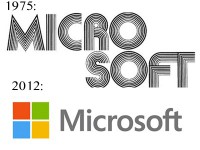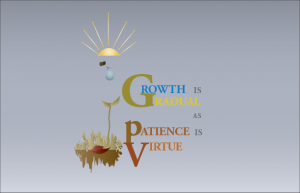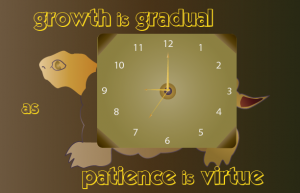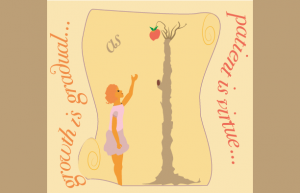DIGITAL PRINTER
On n field trip to United Federation of Teacher, COMA 1111 we got a throughout introduction to the printing press. To be in the printing business requires a lot of machinery, and these machines must come variety in order to be highly productive in a forever changing digital world. It was astounding to see the number equipment this location has, and how every machine play a significant role in the fulfillment of production. From the smallest envelop, to the largest poster, down to the longest banner, this production line will meet the demand. Even the tips shared by the guide who took us around, who is the head of the department was resourceful to us as designers who are preparing for the real world: paying attention to cost, learning as much as you can (be a great contributor), and being innovative are meaningful area of recognition for any perspective designer to know. Technology changes rapidly, and though it is hard to keep up to its pace, good standard, and high quality are important in staying competitive.
There were two items of interest, one being the Digital Printer. This printer prints only CKMY, and does it magically separating color by dot—the finish is amazing. The printer is about the size of a small room, with nothing elegant about it; but its capability, and quality of print is immaculate. The printer is capable of printing partly everything except for banners, and extremely large posters, because the machine was not built to carry paper roll. One realization was, the digital printer appear to print on any paper. It is a very good investment for any designer who is aspiring printing as a field. Though it cost more in comparison to traditional printing methods per sheet of paper, its productive aspect offset various step required for older methods which on a mass production level would be the preferred in terms of cost. Digital printing is good for on demand project: you get fast results, it increases production, and saves labor. Overall, digital printing has more functionality than offset printing, and is able to product much more for less. Because of the flexibility of the digital printer, traditional printing will not fazed out, but the digital world will supersede it by far in the world of printing.
INKJET AND LASER JET
The ink jet, and the laser jet printers are prototypes; they are not different in their architectural design, but are distinctive in characteristics. Each printer uses a different type of ink, and what’s interesting to know is, each printer has a different reaction on the same paper with the ink altered. In addition, the laser jet, and the ink jet finish print yields different results, and the reason being dissimilar inks, the inkjet ink is oily rubberize, and the laser jet uses toner which is powdery. The inkjet which uses the oil base ink dries on contact, even on glossy paper, and has more prominence in color. The print is very detailed, with a crispness that is eye catching. The laser jet which is like the other twin uses toner ink which is powdery and smears on gloss paper, and have to be treated with some type of solution to enhance drying. The print result is less prominent with a cool temperature.
The warmth, and cool temperature generated from the finish print of these two printers serves their purposes distinctively on perception. Prints done on the inkjet as we know is very dynamic in color, so because of the high contrast, it is more visible to the eye when viewed at close range. The laser jet that need further conditioning for drying, and yields a more clam, low contrast print is suitable for prints viewed in distance because there is less glare reflecting back from the print to the viewer’s eyes. Seeing that prints serves different purposes, and it requires different modules to accomplish different jobs is a cost factor which demand technical decisions as a designer in the business of printing. For people like me who just need the service is glad to know these technologies exist.







